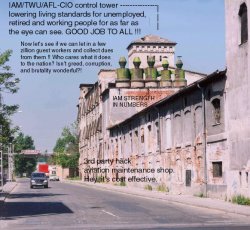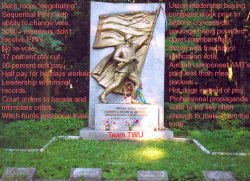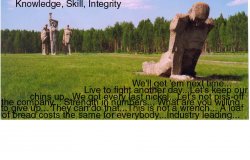Checking it Out
Veteran
- Apr 3, 2003
- 1,702
- 0
Title II -Facilities Maintenance Technicians
The American Airlines Facilities Maintenance System can best be described by breaking it down into two categories; Base Maintenance Stations and Line Maintenance Stations. The condition and maintenance of American Airlines’ facilities has a direct impact on the image American Airlines projects to the public, safety of its passengers and employees and the On-Time-Performance of the airline. American Airlines has hundreds of millions of dollars invested in its facilities and equipment and it is the responsibilities of the Facilities Maintenance Mechanic to protect and maintain that investment.
The American Airlines Facilities Maintenance System can best be described by breaking it down into two categories; Base Maintenance Stations and Line Maintenance Stations. The condition and maintenance of American Airlines’ facilities has a direct impact on the image American Airlines projects to the public, safety of its passengers and employees and the On-Time-Performance of the airline. American Airlines has hundreds of millions of dollars invested in its facilities and equipment and it is the responsibilities of the Facilities Maintenance Mechanic to protect and maintain that investment.







